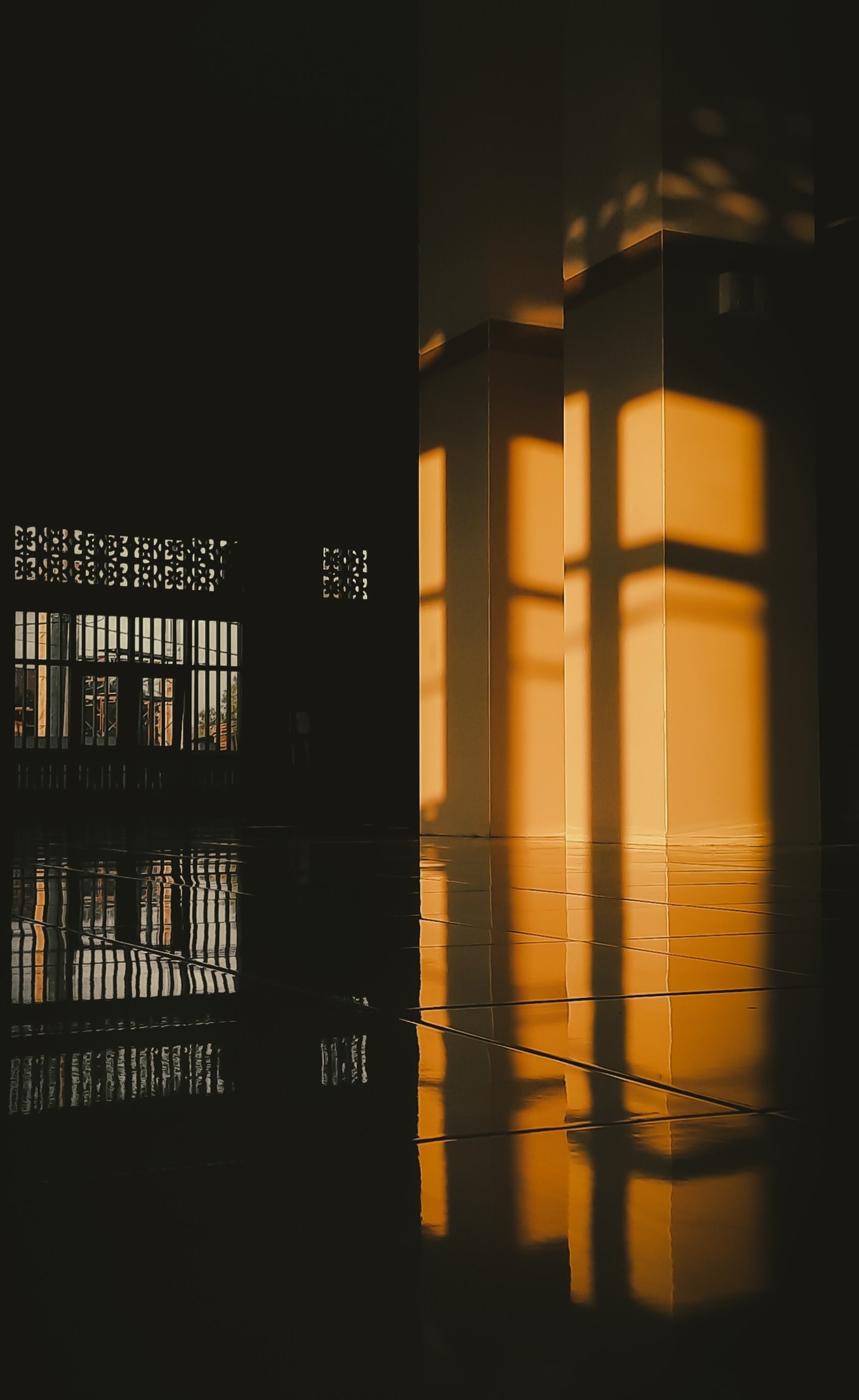💍 Nikah Procedure (Islamic Marriage)
1. Proposal and Acceptance (Ijab & Qubool)
- The groom (or his representative) makes a proposal.
- The bride (or her representative) accepts the proposal.
- This must be done in the presence of witnesses (usually 2 adult Muslim males or 1 male and 2 females).
- The offer and acceptance (Ijab & Qubool) must be clear and verbal, and usually repeated 3 times.
2. Consent of Both Parties
- Both the bride and groom must agree freely and willingly.
- Coercion or forced marriages are not valid in Islam.
- Often, a separate meeting is done to ask the bride privately if she agrees.
3. Mahr (Dowry)
- The groom gives a gift (Mahr) to the bride.
- It can be money, property, gold, or even something symbolic.
- The amount and form of the Mahr are negotiated and agreed upon before the Nikah.
4. Witnesses
- At least two adult Muslim witnesses must be present for the Nikah to be valid.
- Their presence confirms the transparency of the process.
5. Nikah Khutbah (Marriage Sermon)
- An imam or scholar usually delivers a short Khutbah (sermon) about the importance of marriage in Islam.
- It includes verses from the Quran and Hadith.
6. Signing the Nikah Nama (Marriage Contract)
- A formal marriage contract (Nikah Nama) is filled out and signed by:
- The bride
- The groom
- The witnesses
- The imam or officiant
7. Dua & Congratulations
- A prayer (du’a) is made for the couple.
- The families and guests usually offer their congratulations and blessings.
Optional:
- Walima (wedding feast) — It’s Sunnah (recommended) for the groom’s family to host a celebration after the marriage.


